It’s important to know how different things affect our planet. Biodegradability is about whether something can naturally break down and mix back into the earth without hurting the environment. Fruit peels are one of the things we throw away a lot, so let’s see how they do this.
When something is biodegradable, tiny life forms like bacteria and fungi eat it up. These tiny organisms change the material into other forms that can be part of nature again without leaving bad stuff behind.
Table of Contents
- Do Fruit Peels Break Down Naturally?
- What Are Fruit Peels Made Of?
- Why Fruit Peels Can Break Down Easily
- What Changes How Fast Fruit Peels Break Down?
- Where You Throw Them Away
- Size and Thickness Matter
- How Fruit Peels Become Part of the Earth Again
- Microbes at Work
- How Long Does It Take?
- What Does Fruit Peel Breakdown Do for the Environment?
- Helping the Soil
- Cycling Nutrients
- Gas That Warms the Planet
- What Fruit Peels Do in Compost
- How Fruit Peels Break Down in Different Places
- Compost Bins
- In Dumps
- Out in Nature
- Good Ways to Use Fruit Peels
- Making Compost at Home
- Organic Plant Food
- Feeding Animals
- Using Them in Businesses
- Trouble with Getting Fruit Peels to Break Down
- Fake Coatings
- Pesticides on Skins
- Plastic with the Peels
- To Wrap Up
- Frequently Asked Questions
- Are fruit peels considered organic waste?
- Can fruit peels be harmful to the environment if not disposed of properly?
- Are all fruit peels equally biodegradable?
- Can fruit peels be used as natural pesticides?
- Is it safe to compost fruit peels with pesticide residues?
Do Fruit Peels Break Down Naturally?
Yes, fruit peels are biodegradable. Over time, tiny organisms break them down and they release helpful bits back into the earth. If we throw them away the right way, like through composting, it’s better for nature.
What Are Fruit Peels Made Of?
The Stuff in Fruit Peels
Fruit peels have a mix of natural materials like cellulose, pectin, and other things that keep the fruit tough and protect the soft inside. They can also have a little bit of oils, waxes, and colorings that make them look and smell nice.
Why Fruit Peels Can Break Down Easily
Because fruit peels have things like cellulose in them, it makes it easy for them to be broken down by microbes. This is a natural thing that should happen with the right conditions.
These tiny life forms use special tools called enzymes to cut up the tough bits into small sugars that they can use to stay alive and keep breaking down the peels.
What Changes How Fast Fruit Peels Break Down?
There are a few things that can make fruit peels break down faster or slower. It’s good to know these so we can handle fruit waste better.
Where You Throw Them Away
Conditions like warmth, wetness, and having enough air around are perfect for microbes to do their work on fruit peels. If it’s too cold or dry, this slows everything down.
All fruit peels are different. Some are harder for microbes to eat, like citrus peels with thick oils. Others, like banana peels, are softer and waterier, making them decompose quicker.
Size and Thickness Matter
Big, chunky peels take more time to break down because microbes start on the outside and work their way in. But if you cut or shred peels, you make it easier for them to get to work by increasing the surface they can attack.
How Fruit Peels Become Part of the Earth Again
Understanding how fruit peels turn back into earthy stuff involves a dance between microbes, their enzymes, and the world they live in. Here’s how it goes.
Microbes at Work
Bacteria and fungi are the main actors in breaking down fruit peels. They bring their enzymes to the party and start nibbling away at the complex structures, turning them into simpler ones and creating energy for themselves in the process.
How Long Does It Take?
This can depend a lot. If everything’s just right, peels can become part of the earth again in weeks to months. But if conditions aren’t great, like if there’s not enough water or it’s too cold, it can take much longer.
What Does Fruit Peel Breakdown Do for the Environment?
When fruit peels break down, it can be both good and bad for our planet. Let’s look at what happens.
Helping the Soil
Decayed fruit peels put important things like nitrogen and potassium into the soil which plants need to grow well. If we mix peels with other natural waste like leaves or kitchen scraps, we can make the ground even better for growing things.
Cycling Nutrients
By breaking down naturally, fruit peels send valuable stuff back into nature’s cycle, which means nothing goes to waste and other living things can use these resources.
Gas That Warms the Planet
Sometimes, when peels break down without enough air, like in landfills, they make methane gas, which heats up our planet. But if we compost them right, with lots of air, we can avoid or stop this gas from being made.
What Fruit Peels Do in Compost
People often add fruit skins to compost because they break down well and are packed with good nutrients.
These skins are great for composting. They help break down other stuff in the compost pile and end up making the compost even better. This improved compost can then be put into the ground to make plants healthier and help them grow.
How Fruit Peels Break Down in Different Places
What happens to fruit skins when we throw them away depends on where we put them and what’s around them.
Let’s see what happens when fruit skins break down in different spots.
Compost Bins
Compost bins are a super place for fruit peels to break down.
In a compost bin, fruit skins and other scraps get mixed together. Then tiny bugs and other tiny things eat it all up. This makes a kind of natural fertilizer that makes the soil really good for growing things in.
In Dumps
If fruit peels go to the dump, they don’t break down the same way they do in a compost bin.
Dumps don’t get much air inside, so things rot without oxygen. This takes longer and can make a gas called methane that’s not good for the air around us. To help, some dumps catch this gas to stop it from causing harm.
Out in Nature
In the wild, fruit skins break down the natural way. Little creatures, bugs, and other things work together to eat the skins. This process puts the good stuff back into the ground and helps keep nature in balance.
Good Ways to Use Fruit Peels
There are smart ways to use fruit skins so they help the planet more. Let’s check out some of these ways.
Making Compost at Home
You can easily compost fruit skins at home. Make your own compost bin or pile where you can put your food scraps. This not only makes great compost for your garden but also keeps this natural waste out of dumps.
Organic Plant Food
Farmers can use fruit peels as a natural plant food.
When farmers mix fruit skins into the soil or compost them with other things from nature, the soil gets better. This can help them not to use chemical fertilizers that can be bad for the earth.
Feeding Animals
Some animals can eat fruit skins too. They can be a good snack for livestock or other animals on a farm. But you have to be sure they’re safe and don’t have any chemical stuff on them from pesticides. And they need to fit into what the animals usually eat.
Using Them in Businesses
Fruit peels can also be used in all sorts of industries. People can take out helpful parts like essential oils or a thing called pectin. These can be put into foods, beauty products, or even used for making fuel. Using fruit peels like this helps to cut down on waste and use every part of the fruit.
Trouble with Getting Fruit Peels to Break Down
Even though fruit skins can break down, there are some problems that can make this tricky.
Here are some of these problems we need to fix.
Fake Coatings
Sometimes, fruits have a fake shiny coat or wax on them to make them look nice and stay fresh longer. These coatings can stop the tiny bugs from eating the skins and slow down them breaking down. So, we should choose fruits without these fake coatings or take them off before we compost.
Pesticides on Skins
Fruit skins might have some of the chemicals on them that were used to keep bugs away when they were growing. These chemicals can hurt the earth and the creatures that are trying to break down the skins. Eating organic or untreated fruits can solve this problem and be safer for everyone.
Plastic with the Peels
Nowadays, fruit skins often come with plastic packaging. This plastic stuff is hard to break down and piles up as trash. Switching to packaging that won’t harm the earth can help a lot with the problem of throwing away fruit skins.
To Wrap Up
Yes, fruit skins break down and can be really good for the earth. Tiny bugs and other things eat them up and turn them into simpler stuff that can enrich the soil and keep nature going.
If we know what affects how fruit skins break down and use smart ways to deal with them, we can get lots of benefits for the environment and stop bad things from happening.
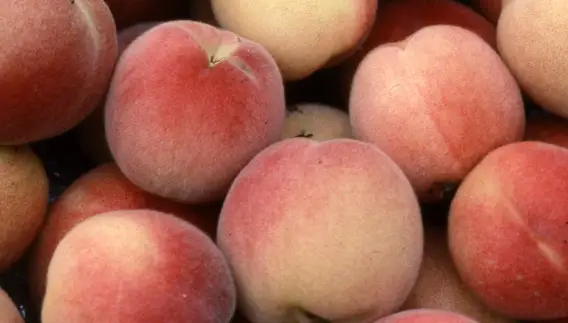
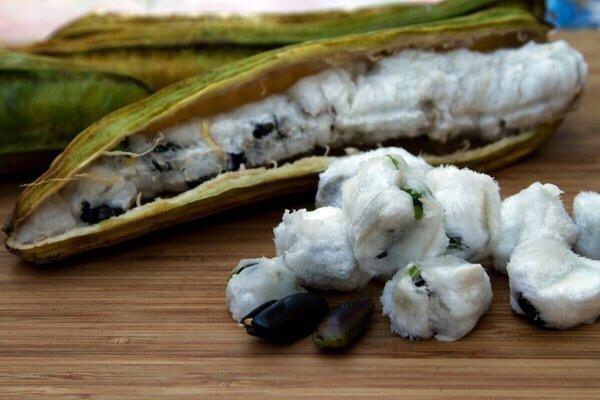
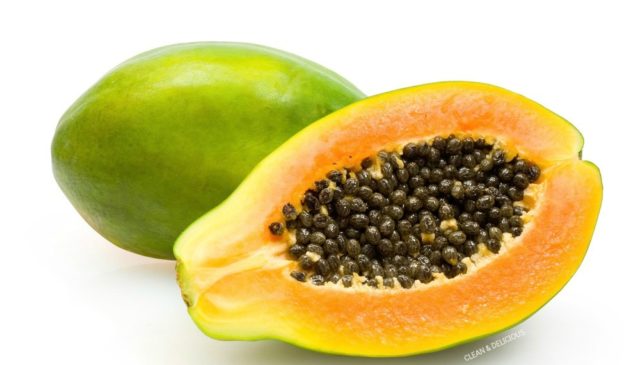
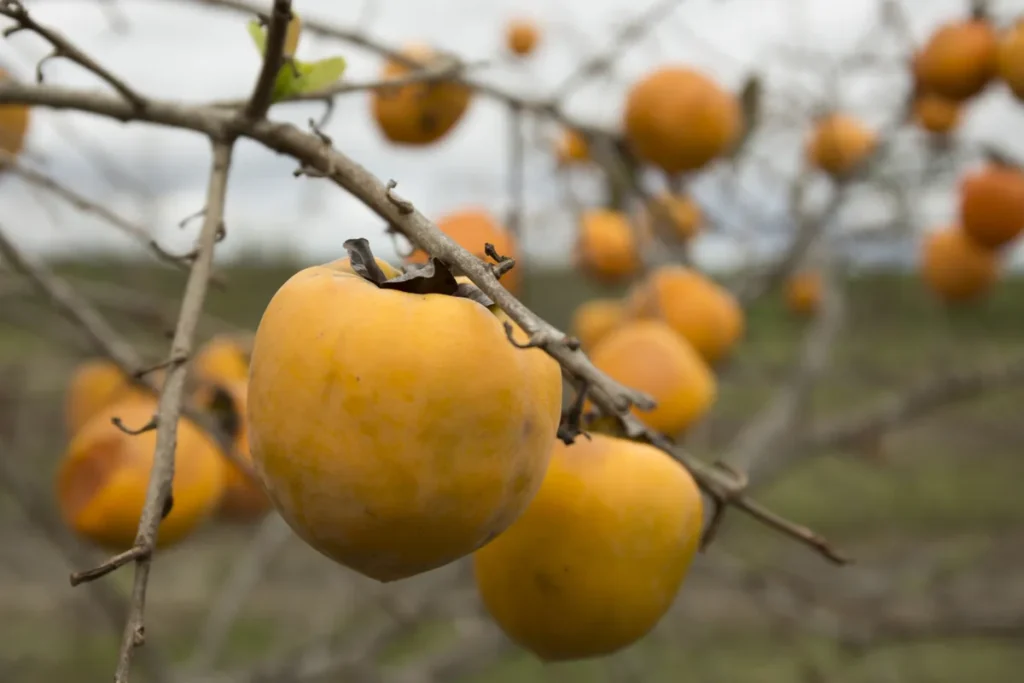
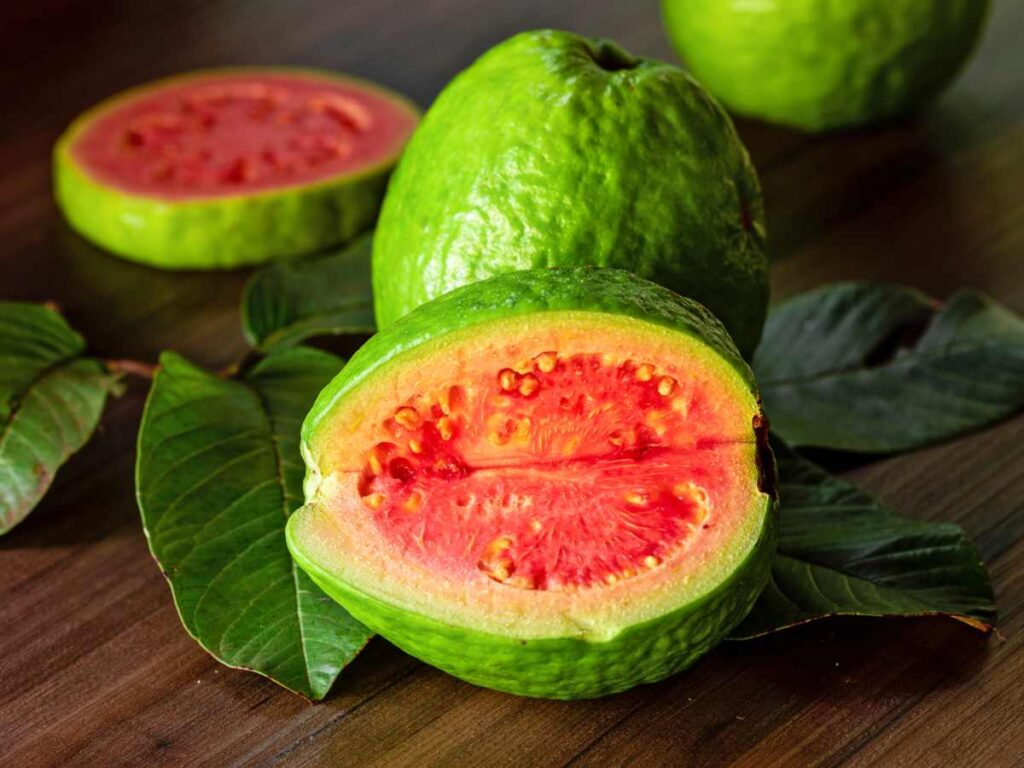
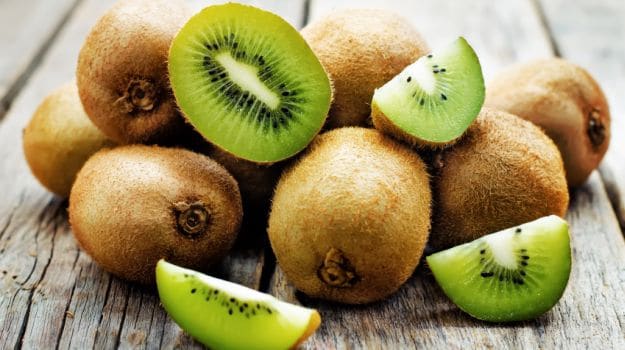



![What Is The National Fruit Of Japan And Why? [ANSWERED]](https://fruitonix.com/wp-content/uploads/2023/04/japanese-persimmon-1024x576.jpg)